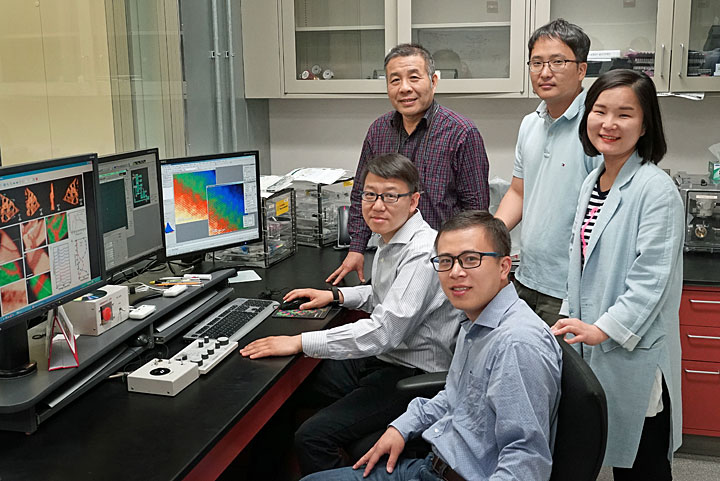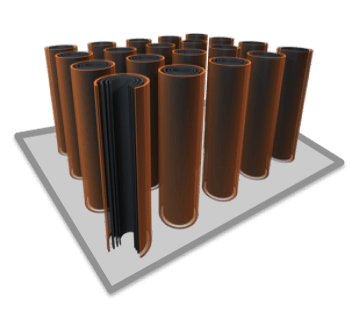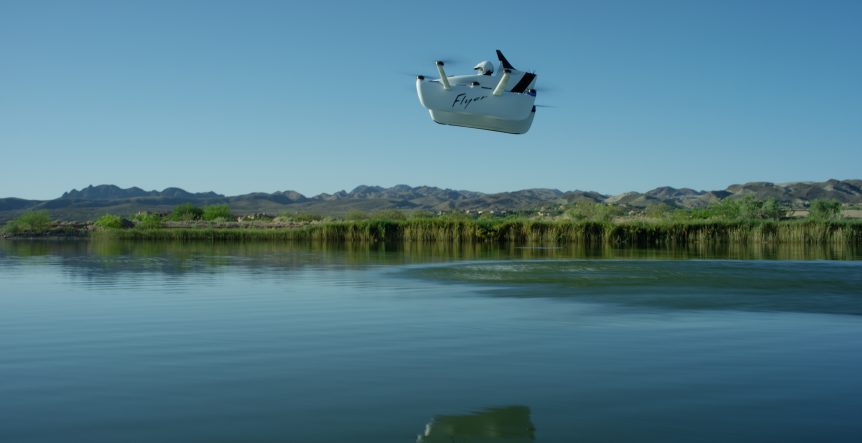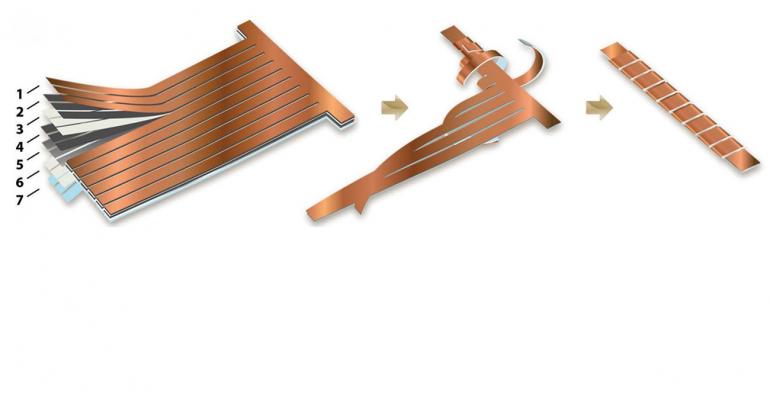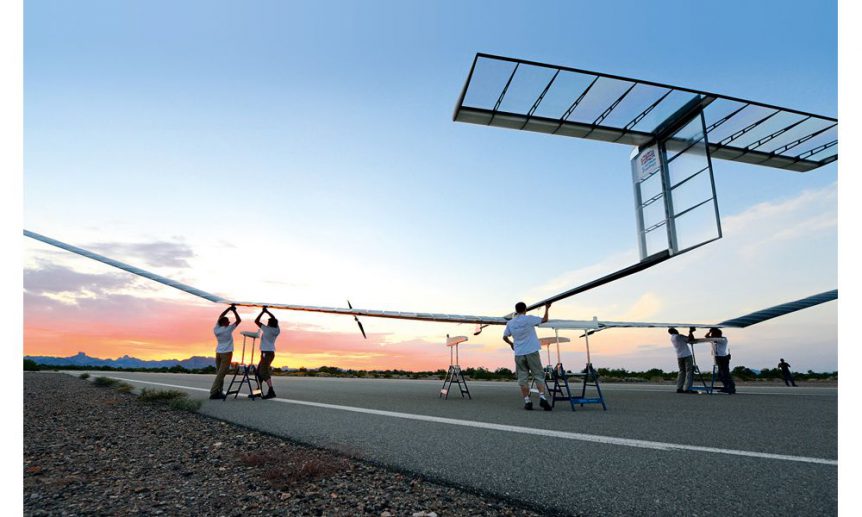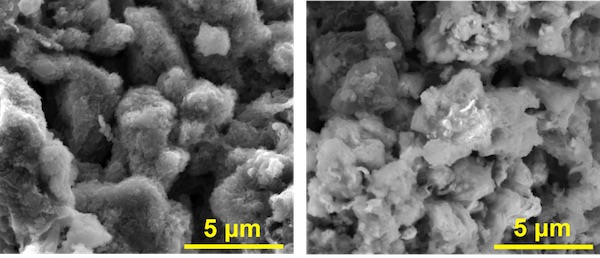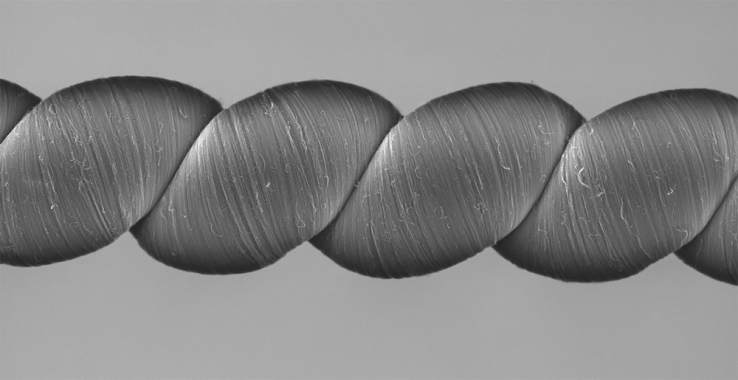A terse announcement from the SolarStratos project last week caused some dismay in your editor, but also gave hope that a brave project would go forward. “Payerne, July 6, 2018 – the solar stratospheric SolarStratos aircraft damaged this morning during a resistance test on Earth, in the base of the team at Payerne. No risk:” The bad news, “However, the wing was damaged and its repair will cause a delay in the team’s operational schedule,” was reminiscent of a failure of the Solar Impulse’s wing during static testing. The break set that project back over a year but resulted in a wing that carried Solar Impulse 2 to Morocco and back, across the U. S., and finally, around the world. Raphael Domjan, founder of the SolarStratos project, takes a philosophical view of the setback. “Our plane is a unique prototype, destined to accomplish what nobody has done so far: fly to the stratosphere in a clean way, thanks to solar …
From the CRADLE to the Breakthrough Battery
Hyundai, the Korean carmaker turning increasingly to electric vehicles, has teamed with Ionic Materials, a Massachusetts-based battery developer to work on an innovative solid-state battery. Ionic’s solid polymer electrolyte technology promised to improve battery safety and performance. Liquid electrolytes are often blamed for disastrous battery fires, so the search for a solid-state alternative is one way to counter the problem. Hyundai’s CRADLE (Center for Robotic-Augmented Design in Living Experiences), “corporate venturing and open innovation business,” is investing in Ionic to gain access to the company’s technology, which also supports lithium-ion cells with no cobalt in their cathodes. Reducing or eliminating cobalt in their batteries may be a major incentive for Hyundai. Forbes reports, “Carmakers, such as Germany’s BMW, and electronic gadget makers, such as Apple, are scouring the world for supplies of cobalt, a rare metal that has tripled in price over the past year to $80,000 a ton, with 60% of global supply coming from the bloody Democratic Republic of …
Tripling Down on Cathode Capacity
intercalation (countable and uncountable, plural intercalations) (chemistry) The reversible insertion of a molecule between two others. Wiktionary Enyuan Hu, a chemist at Brookhaven National Laboratory explains the importance, and limitations, of intercalation in battery chemistry. “The materials normally used in lithium-ion batteries are based on intercalation chemistry. This type of chemical reaction is very efficient; however, it only transfers a single electron, so the cathode capacity is limited. Some compounds like FeF3 are capable of transferring multiple electrons through a more complex reaction mechanism, called a conversion reaction.” Iron trifluoride (FeF3) is composed of “cost-effective and environmentally benign elements — iron and fluorine. Researchers have been interested in using chemical compounds like FeF3 in lithium-ion batteries because they offer inherently higher capacities than traditional cathode materials,” according to Brookhaven. Scientists at the University of Maryland (which led the research), Brookhaven and the U.S. Army Research Lab developed and studied the FeF3 cathode. Xiulin Fan, a scientist at UMD and one of the lead authors of …
Two New and Unique Energy Storage Solutions
Lithium-ion and lithium-polymer batteries of various brands provide energy for Teslas, Leafs, and Bolts, but continue to disappoint by stalled energy density, power density, and safety concerns. Two relative newcomers to the field might have answers to these concerns. Unlike many other newcomers, production might be less than five years away. Enovix Corp. Ken Rentmeester, a good friend and retired chemical engineer, volunteers in the local TeenFlight program run by Dick VanGrunsven. He shared his copy of the IEEE Spectrum containing an article about a new battery company that may have some answers to problems common to lithium batteries. The company’s claims for their Enovix battery are impressive. “Patented 3D cell architecture, a patented 100% silicon anode, photolithography, and wafer production increases energy density and eliminates thermal runaway.” Making thermal runaway go away would make the Enovix battery a much desired energy source, especially for electric aircraft. A recent fatal collision of a Tesla Model X with two other cars …
Kitty Hawk Flyer Shows Improvements, Limits Continue
Kitty Hawk Flyer, the Larry Page-backed “sky taxi,” seems like a great summer escape machine. One can learn to fly it in about an hour, but it will remain low and slow enough to give the thrill of flight without inordinate dangers. That’s the marketing pitch from Kitty Hawk, and it’s not a bad one. Imagine going to a beach or lake with dozens of these fluttering about over the water’s surface. It’s the same kind of lure driving go-karts on a miniature race course has for vacationers. Safety is obviously a factor for a machine meant for amateur use. John Lyon explains this in the Robb Report: “The zero-emissions Flyer is completely powered by electricity, and its propellers all operate independently, meaning that if there is a problem with one or more propellers, the entire vehicle won’t come crashing down. That said, even if it did, the aircraft is only meant for flying over water and only flies between …
Get a Spine! Flexible, High-Density Energy Storage
The Vertebrate Battery “Prof. Yuan Yang of the engineering school at Columbia University (New York) modeled, designed, built, and fully evaluated a configuration that emulates the spine of vertebrates, while providing 85% of the energy density of a prismatic Li-ion cell with equivalent volume.” According to Power Electronics.com. Professor Yang’s 14-member team, working in the impressively-named Center for Precision Assembly of Superstratic and Superatomic Solids, and inspired by the flexibility of the human spine and its ability to repeatedly endure bending and twisting, designed a battery that emulates the characteristics of what is in essence a structural battery. We know from experience that our backbones can perform some pretty extraordinary twists and turns – witness the supple routines of gymnasts and Cirque de Soleil performers. Our spines are not rigid assemblies, but a complex construction of solid parts (vertebrae), flexible bits between the vertebrae (disks), and a network of wiring (nerves), which transmit signals from our organs and extremities to …
Airbus, Williams Team to Expand Zephyr Program
What’s the HAPS, Guys? Airbus and Williams Advanced Engineering, two heavy hitters with the world’s largest commercial airliner and the world’s fastest formula electric cars, are collaborating on making a light, slow airplane stay up indefinitely. Their memorandum of understanding (MOU) seeks to integrate Williams’ demonstrated abilities with “ultra-lightweight materials, battery technologies and electrical cell chemistries… in… Airbus’ Zephyr High Altitude Pseudo-Satellite (HAPS) program.” Airbus Defense and Space has worked with Sion Power Corporation since 2015 to use Sion’s proprietary lithium-Sulfur (Li-S) batteries for use in Airbus’ Zephyr aircraft. The current Zephyr S is the latest iteration of a series of solar-powered, unmanned aerial systems (UAS) that will fly at 65,000 feet for months at a time. High Over Dubai Airbus and Sion have expanded the Zephyr S’ performance envelope to accomplish a 336-hour flight in 2010, and a climb to 61,696 ft (18,805 meter) over the United Arab Emirates in 2014. Airbus compares the ability of Zephyr to that …
109.5 minutes of Mad Creativity – Ending with an Electric Biplane
Peter Sripol is part of FliteTest, a group that sells electric model aircraft and components and produces some wild and wooly YouTube videos of their exploits. The group’s products are mostly budget items, with simple aircraft quickly constructed the norm. One example, the Simple Solar radio-controlled plane, can be built for under $60, and flies on two coreless motors. Flite Test has quick build kits and FPV (First Person View) radio systems that allow a pilot to view, through an on-board camera, what a (really tiny) person on board the model would see. This level of miniaturization and commodity-level pricing allows FliteTest to provide STEM (Science, Technology, Engineering and Math) kits to schools at the grade and high-school levels. MTV Meets Howard Hughes One of its newest members, Peter has jumped on FliteTest’s seeming willingness to try anything at least once. Putting together extremely large models from foam and tape, it probably was only natural that he would make a …
Better Battery Materials – Asphalt?
Asphalt, Graphene, and a Lithium Coating Mike Williams, reporting for Rice University in Houston, Texas, writes, “A touch of asphalt may be the secret to high-capacity lithium metal batteries that charge 10 to 20 times faster than commercial lithium-ion batteries, according to Rice University scientists.” We’ve written about James Tour and his laboratory before. He and his students come up with a plethora of new energy ideas and are able to demonstrate some exciting outcomes. His latest effort mixes asphalt with conductive graphene nanoribbons, and then electrochemically coats the composite with lithium metal to form a battery anode. The anode, when combined with a sulfurized-carbon cathode, was used in full batteries for testing. The results seem a bit incredible, with the ability to charge 20 times faster than commercial lithium-ion batteries. Being able to “refill” your electric car or airplane in five minutes rather than two hours or more would make electric vehicles practical alternatives to their fossil-fuel-powered cousins. After …
Smart Fabrics Generate Energy Several Ways
We see a great deal about wearable energy-generating fabrics, garments that will help keep the wearer warm, or cool, or visible because of built-in piezo-electric generators in the makeup of the fabric. Several researchers are taking this to the next level, creating new warps and woofs of materials that will create energy from a greater range of energy inputs. Elias Siores and the University of Bolton In 2011, Professor Elias Siores and associates at the University of Bolton in the UK created a flexible fiber that could harvest energy from movement and light. Siores said it was flexible enough to be woven into “a sail, window curtain or tent and generate power”. The material was recognized as a major innovation at the 2011 Energy Innovation Awards in Manchester. In a 2013 paper, the team, led by described devising a “smart fabric.” “A smart material is one that shows extraordinary response when subjected to a stimulus. Piezoelectric materials are considered as …



